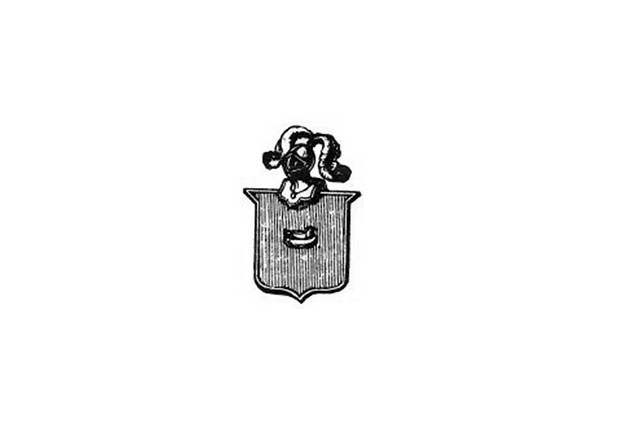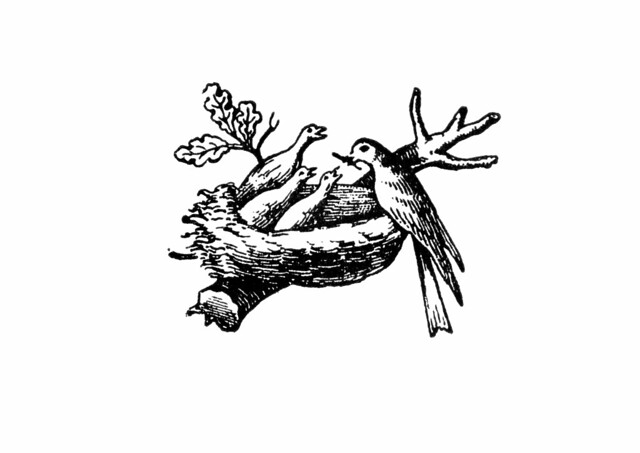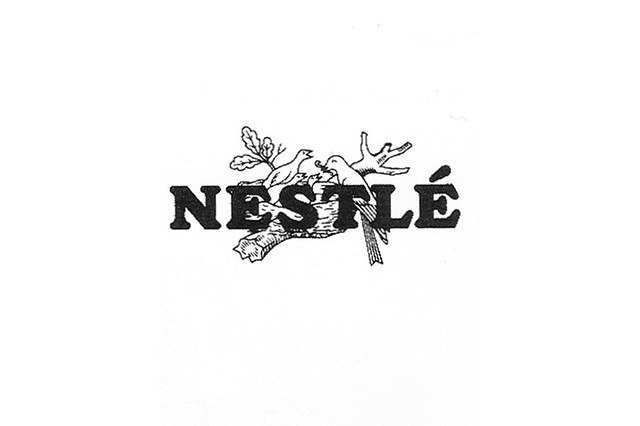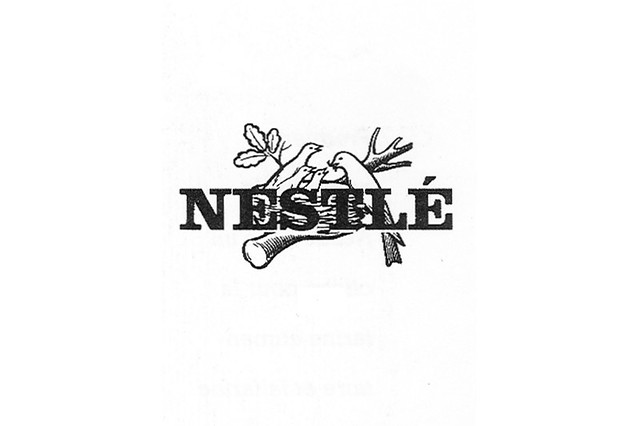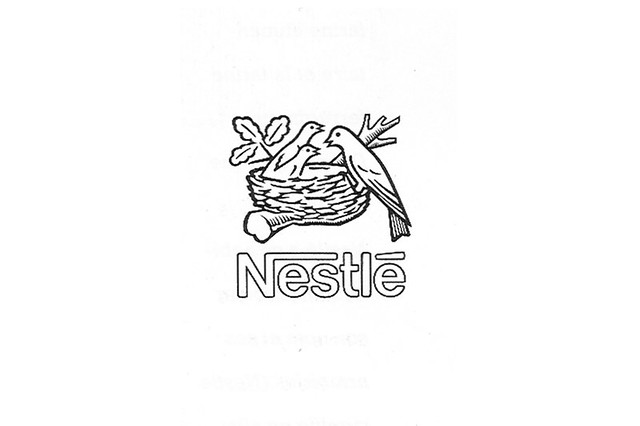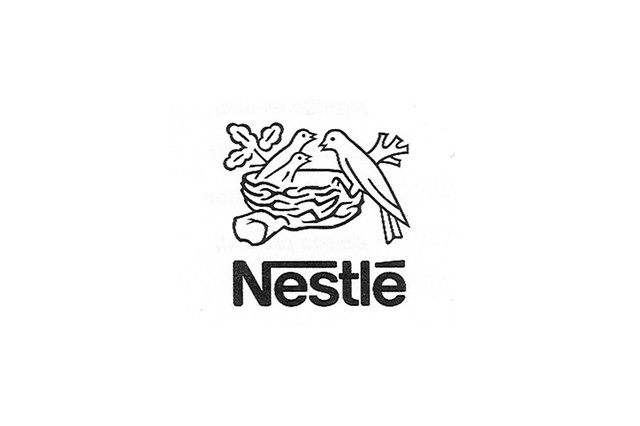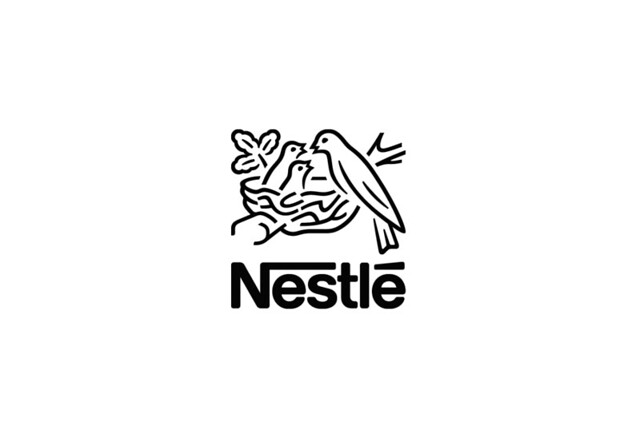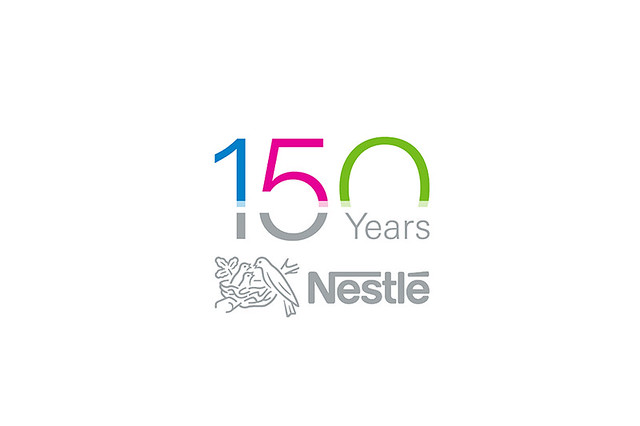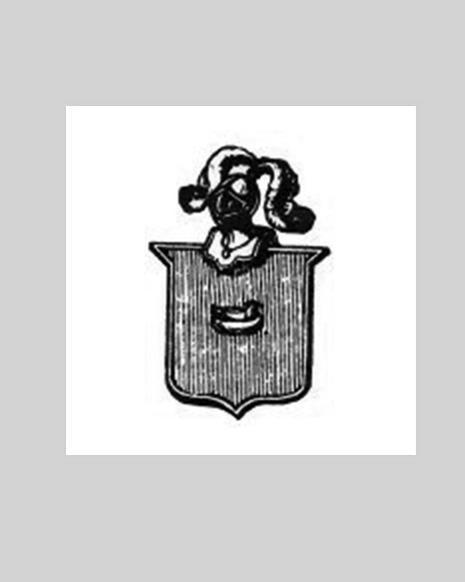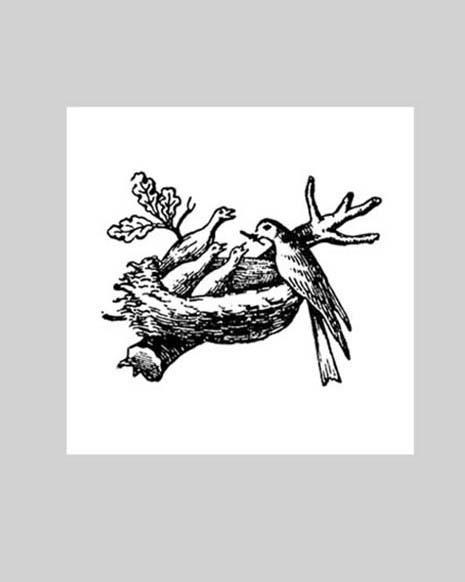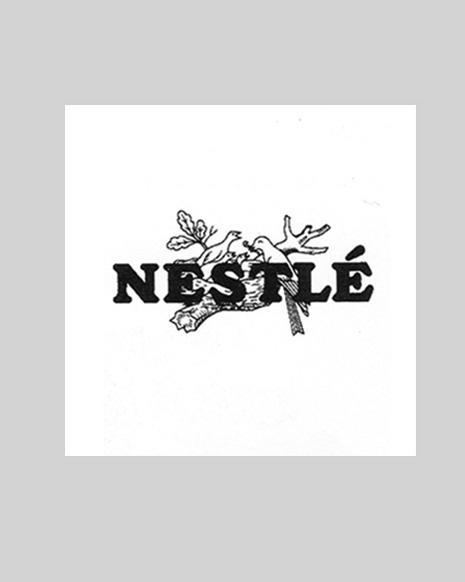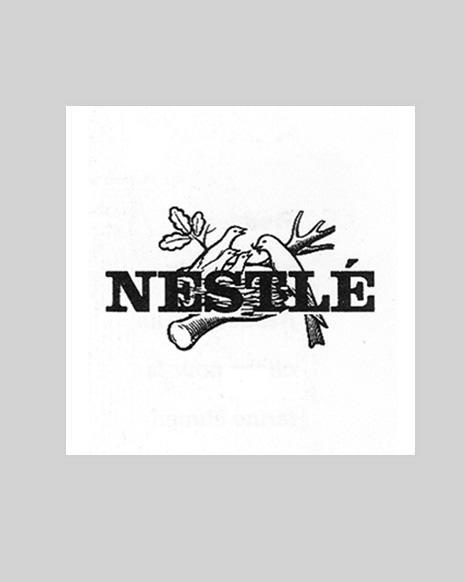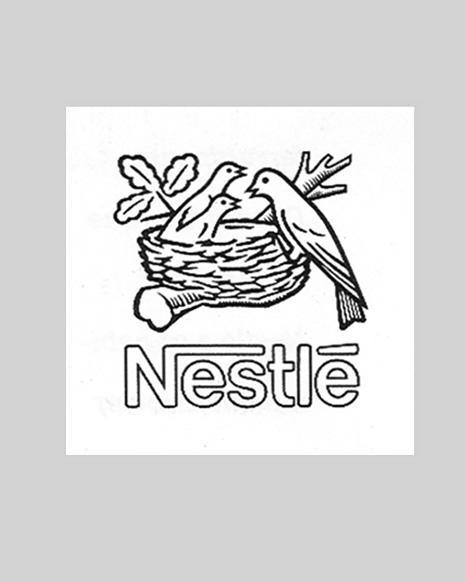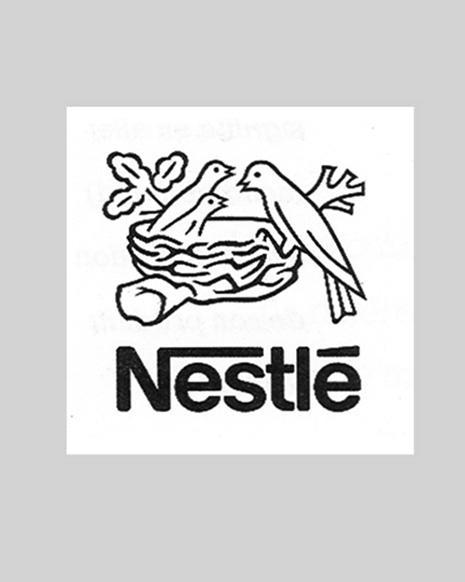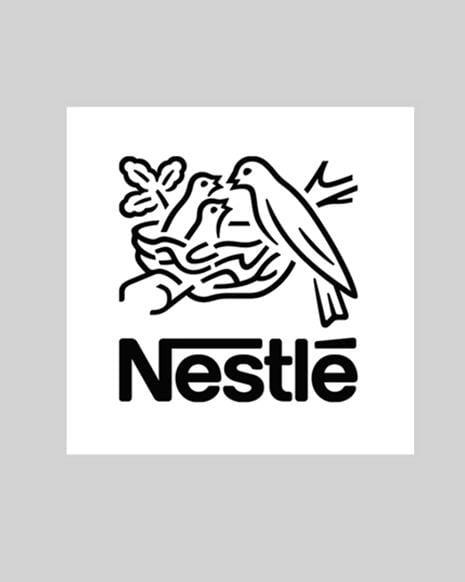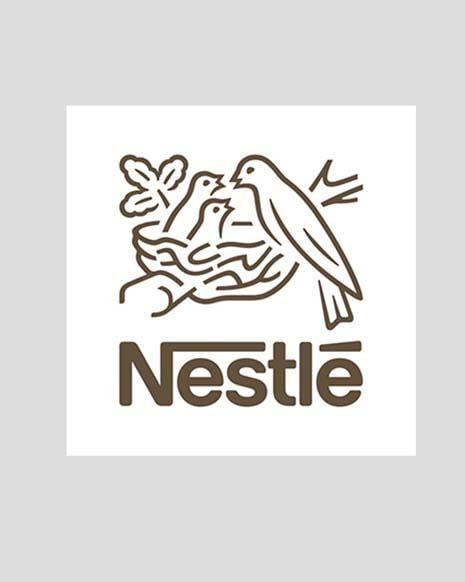In April 2015, a government laboratory in India stated that it had detected lead levels above permissible limits and the presence of monosodium glutamate (MSG) in a sample of Nestlé’s Maggi noodles. Nestlé India and other independent accredited laboratories subsequently carried out a number of tests, which showed that the product was safe, with only traces of lead well within the limits set by Indian authorities.
Given growing consumer confusion, Nestlé India temporarily stopped selling Maggi noodles in June 2015 until the situation was resolved. In November 2015, Maggi noodles returned to the shelves.
This page provides more information on the key issues connected to the withdrawal and subsequent return of Maggi noodles to the market.
Are Maggi noodles safe to eat?
Yes. Maggi noodles are safe. Nestlé India conducted over 3,500 tests, representing over 200 million packs, in both national as well as international accredited laboratories and all reports were clear. In addition, food standards authorities in various countries including the USA, the UK, Singapore, Australia and others found Maggi noodles manufactured in India safe for consumption.
Why was any lead detected in Maggi noodles?
Lead occurs in the earth’s crust and is present in air, soil and dust, so it is detectable in most substances at very low levels. Tests have consistently shown lead in Maggi noodles to be within safe limits.
In each country, the authorities set firm limits to ensure that any lead present in a finished product is within recommended food safety levels and safe to consume. We regularly monitor all our raw materials for lead, including testing by accredited laboratories. In addition to testing both raw materials and finished products for lead, we carry out extensive research on the subject and contribute to global efforts to ensure safety in this area.
Food safety is Nestlé’s number one priority. We adhere to the same quality standards wherever we operate.
Why did you withdraw Maggi noodles from sale in India?
Nestlé India stopped selling Maggi noodles due to significant consumer confusion, ahead of a request by the Indian food safety regulator to do so.
What measures did you take before putting Maggi noodles back on the market in India?
In June 2015, The Food Safety and Standards Authority of India (FSSAI) ordered Nestlé to withdraw Maggi noodles from sale in India. Various test results had already indicated Maggi noodles as safe to eat, so we filed a legal petition with the Bombay High Court seeking a judicial review of the FSSAI order.
In July 2015, the Bombay High Court overturned the government’s ban, asking that three NABL (National Accreditation Board for Testing and Calibration Laboratories) accredited labs test Maggi noodles for lead. These labs found all 90 samples - covering six variants, with lead levels well within the food safety limits specified by the Indian authorities.
Once the results had been validated, we put the product back on sale in line with the High Court’s order.
Why did the authorities find MSG in your product when it says 'no added MSG' on the label?
We do not add the flavour enhancer MSG (E621) to Maggi noodles in India. However, the product contains glutamate from hydrolysed groundnut protein, onion powder and wheat flour. Glutamate produces a positive result in a test for MSG.
Was this an attempt to mislead consumers?
No, it was never our intention to mislead consumers. However, we understand that the positive result in a test for MSG in Maggi noodles led to concern among people who bought the product.
We labelled our products as having ‘no added MSG', in response to consumer preference for such product options. This was a common practice followed by the food industry and complies with Indian food law and regulations.
However, it is clear that our labelling approach led to some confusion and we decided to remove this claim when the product returned to the market in November 2015.
Are Maggi noodles exported from India?
Nestlé India currently exports Maggi noodles to Nestlé in Canada, the UK, Singapore and Kenya and to third parties in the US, Australia and New Zealand.
The noodles made for the export market are the same as those sold in India, although Canada requires a different kind of salt to be used. Packaging materials are designed to meet the regulatory requirements of each importing country.
Food standards authorities in the USA, Canada, the UK, Singapore, Australia and New Zealand have tested samples of Maggi noodles made in India and have confirmed that they are safe to eat.
Who can I contact if I need more information?
If you are an Indian consumer, you can contact consumer services at [email protected] or on 1800 266 1188. If you are a consumer outside of India, please contact your local Nestlé consumer services team.
If you are a journalist, please contact the Indian press office at [email protected] and the global press office at [email protected].









